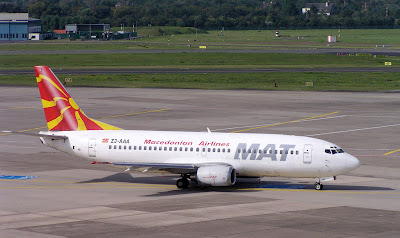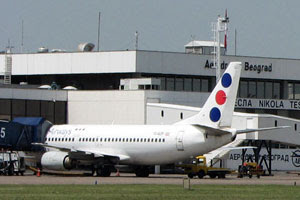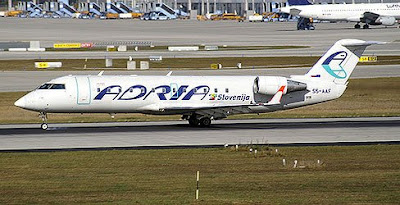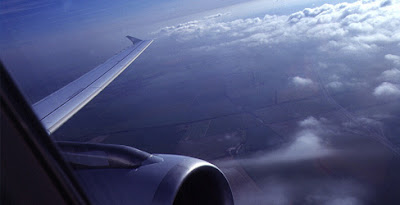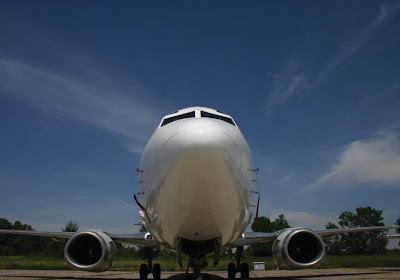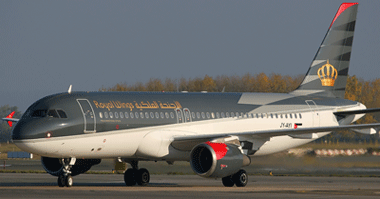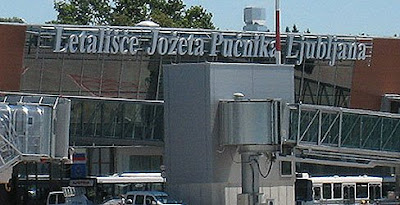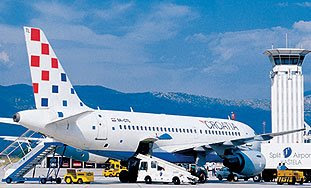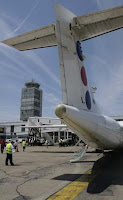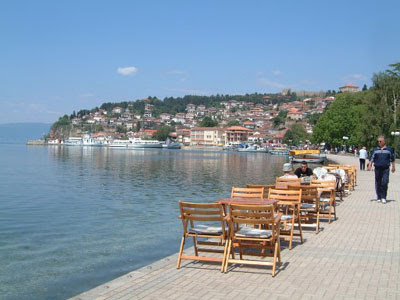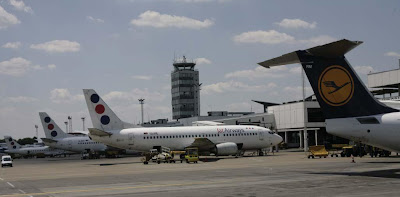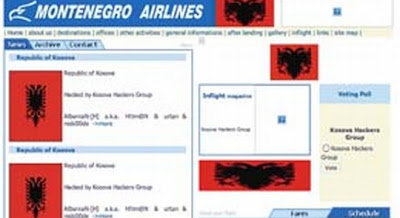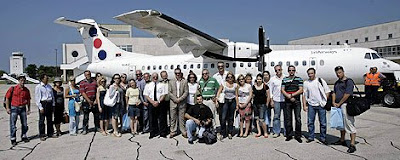Although airplanes are designed for a variety of purposes, most of them have the same major components.
The overall characteristics are largely determined by the original design objectives. Most airplane structures include a fuselage, wings, an empennage, landing gear, and a power plant.
Aircraft - A device that is used for flight in the air.
Airplane - An engine-driven, fixed-wing aircraft heavier than air that is supported in flight by the dynamic reaction of air against its wings.
FUSELAGE
The fuselage includes the cabin and/or cockpit, which contain seats for the occupants and the controls for the airplane. In addition, the fuselage may also provide room for cargo and attachment points for the other major airplane components. Some aircraft utilize an open truss structure. The truss-type fuselage is constructed of steel or aluminum tubing. Strength and rigidity is achieved by welding the tubing together into a series of triangular shapes, called trusses.
Construction of the Warren truss features longerons, as well as diagonal and vertical web members. To reduce weight, small airplanes generally utilize aluminum alloy tubing, which may be riveted or bolted into one piece with cross-bracing members.
As technology progressed, aircraft designers began to enclose the truss members to streamline the airplane and improve performance. This was originally accomplished with cloth fabric, which eventually gave way to lightweight metals such as aluminum. In some cases, the outside skin can support all or a major portion of the flight loads. Most modern aircraft use a form of this stressed skin structure known as monocoque or semimonocoque construction.
The monocoque design uses stressed skin to support almost all imposed loads. This structure can be very strong but cannot tolerate dents or deformation of the surface. This characteristic is easily demonstrated by a thin aluminum beverage can. You can exert considerable force to the ends of the can without causing any damage.
However, if the side of the can is dented only slightly, the can will collapse easily. The true monocoque construction mainly consists of the skin, formers, and bulkheads. The formers and bulkheads provide shape for the fuselage.
Since no bracing members are present, the skin must be strong enough to keep the fuselage rigid. Thus, a significant problem involved in monocoque construction is maintaining enough strength while keeping the weight within allowable limits. Due to the limitations of the monocoque design, a semi-monocoque structure is used on many of today's aircraft.
The semi-monocoque system uses a substructure to which the airplane's skin is attached. The substructure, which consists of bulkheads and/or formers of various sizes and stringers, reinforces the stressed skin by taking some of the bending stress from the fuselage.
The main section of the fuselage also includes wing attachment points and a firewall.
Truss—A fuselage design made up of supporting structural members that resist deformation by applied loads.
Monocoque—A shell-like fuselage design in which the stressed outer skin is used to support the majority of imposed stresses. Monocoque fuselage design may include bulkheads but not stringers.
Semi-Monocoque—A fuselage design that includes a substructure of bulkheads and/or formers, along with stringers, to support flight loads and stresses imposed on the fuselage.
On single-engine airplanes, the engine is usually attached to the front of the fuselage. There is a fireproof partition between the rear of the engine and the cockpit or cabin to protect the pilot and passengers from accidental engine fires. This partition is called a firewall and is usually made of heat-resistant material such as stainless steel.
WINGS
The wings are airfoils attached to each side of the fuselage and are the main lifting surfaces that support the airplane in flight. There are numerous wing designs, sizes, and shapes used by the various manufacturers. Each fulfills a certain need with respect to the expected performance for the particular airplane.
Wings may be attached at the top, middle, or lower portion of the fuselage. These designs are referred to as high-, mid-, and low-wing, respectively. The number of wings can also vary. Airplanes with a single set of wings are referred to as monoplanes, while those with two sets are called biplanes.
Many high-wing airplanes have external braces, or wing struts, which transmit the flight and landing loads through the struts to the main fuselage structure. Since the wing struts are usually attached approximately halfway out on the wing, this type of wing structure is called semi-cantilever. A few high-wing and most low-wing airplanes have a full cantilever wing designed to carry the loads without external struts.
The principal structural parts of the wing are spars, ribs, and stringers. These are reinforced by trusses, I-beams, tubing, or other devices, including the skin. The wing ribs determine the shape and thickness of the wing (airfoil). In most modern airplanes, the fuel tanks either are an integral part of the wing's structure, or consist of flexible containers mounted inside of the wing.
Attached to the rear, or trailing, edges of the wings are two types of control surfaces referred to as ailerons and flaps. Ailerons extend from about the midpoint of each wing outward toward the tip and move in opposite directions to create aerodynamic forces that cause the airplane to roll. Flaps extend outward from the fuselage to near the midpoint of each wing. The flaps are normally flush with the wing's surface during cruising flight. When extended, the flaps move simultaneously downward to increase the lifting force of the wing for takeoffs and landings.
Airfoil—An airfoil is any surface, such as a wing, propeller, rudder, or even a trim tab, which provides aerodynamic force when it interacts with a moving stream of air.
Monoplane—An airplane that has only one main lifting surface or wing, usually divided into two parts by the fuselage.
Biplane—An airplane that has two main airfoil surfaces or wings on each side of the fuselage, one placed above the other.
EMPENNAGE
The correct name for the tail section of an airplane is empennage. The empennage includes the entire tail group, consisting of fixed surfaces such as the vertical stabilizer and the horizontal stabilizer. The movable surfaces include the rudder, the elevator, and one or more trim tabs.
A second type of empennage design does not require an elevator. Instead, it incorporates a one-piece horizontal stabilizer that pivots from a central hinge point. This type of design is called a stabilator, and is moved using the control wheel, just as you would the elevator. For example, when you pull back on the control wheel, the stabilator pivots so the trailing edge moves up. This increases the aerodynamic tail load and causes the nose of the airplane to move up. Stabilators have an anti-servo tab extending across their trailing edge.
The anti-servo tab moves in the same direction as the trailing edge of the stabilator. The anti-servo tab also functions as a trim tab to relieve control pressures and helps maintain the stabilator in the desired position. The rudder is attached to the back of the vertical stabilizer. During flight, it is used to move the airplane's nose left and right. The rudder is used in combination with the ailerons for turns during flight. The elevator, which is attached to the back of the horizontal stabilizer, is used to move the nose of the airplane up and down during flight.
Trim tabs are small, movable portions of the trailing edge of the control surface. These movable trim tabs, which are controlled from the cockpit, reduce control pressures. Trim tabs may be installed on the ailerons, the rudder, and/or the elevator.
Empennage—The section of the airplane that consists of the vertical stabilizer, the horizontal stabilizer, and the associated control surfaces.
LANDING GEAR
The landing gear is the principle support of the airplane when parked, taxiing, taking off, or when landing. The most common type of landing gear consists of wheels, but airplanes can also be equipped with floats for water operations, or skis for landing on snow.
The landing gear consists of three wheels—two mains wheels and a third wheel positioned either at the front or rear of the airplane. Landing gear employing a rear-mounted wheel is called conventional landing gear. Airplanes with conventional landing gear are sometimes referred to as tail-wheel airplanes. When the third wheel is located on the nose, it is called a nose-wheel, and the design is referred to as a tricycle gear. A steer-able nose-wheel or tail-wheel permits the airplane to be controlled throughout all operations while on the ground.
THE POWER PLANT
The power plant usually includes both the engine and the propeller. The primary function of the engine is to provide the power to turn the propeller. It also generates electrical power, provides a vacuum source for some flight instruments, and in most single-engine airplanes, provides a source of heat for the pilot and passengers. The engine is covered by a cowling, or in the case of some airplanes, surrounded by a nacelle. The purpose of the cowling or nacelle is to streamline the flow of air around the engine and to help cool the engine by ducting air around the cylinders. The propeller, mounted on the front of the engine, translates the rotating force of the engine into a forward acting force called thrust that helps move the airplane through the air.
Nacelle—A streamlined enclosure on an aircraft in which an engine is mounted. On multiengine propeller-driven airplanes, the nacelle is normally mounted on the leading edge of the wing.
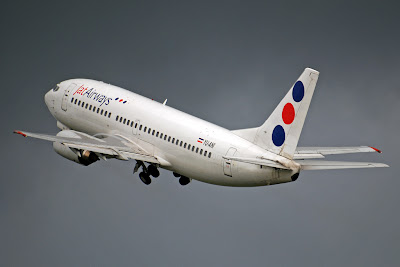 The State Secretary for the economy and privatisation at the Serbian Ministry of Economy and Regional Development Nebojša Čirić said today announced the tender for the sale of Jat Airways. The deadline for submitting offers is the beginning of October. In a statement to the news agency Beta, Čiric said that investors will be able to submit offers for buying a minimum of 51% and a maximum of 70% of the Serbian airliner. The starting price for the airlines 51% share is 51 million Euros decreased from the earlier announced 150 million in order to increase interest. Serbian government has allowed potential buyers to decide which shares they want to buy so that companies from countries that are not in the EU may compete as well, and signed international agreements are not violated. According to the Open Skies Agreement, companies not registered in the EU or Serbia cannot be owners of more than 49% of Jat Airways, but companies from non-EU countries can compete as consortiums, explained Čirić.
The State Secretary for the economy and privatisation at the Serbian Ministry of Economy and Regional Development Nebojša Čirić said today announced the tender for the sale of Jat Airways. The deadline for submitting offers is the beginning of October. In a statement to the news agency Beta, Čiric said that investors will be able to submit offers for buying a minimum of 51% and a maximum of 70% of the Serbian airliner. The starting price for the airlines 51% share is 51 million Euros decreased from the earlier announced 150 million in order to increase interest. Serbian government has allowed potential buyers to decide which shares they want to buy so that companies from countries that are not in the EU may compete as well, and signed international agreements are not violated. According to the Open Skies Agreement, companies not registered in the EU or Serbia cannot be owners of more than 49% of Jat Airways, but companies from non-EU countries can compete as consortiums, explained Čirić.